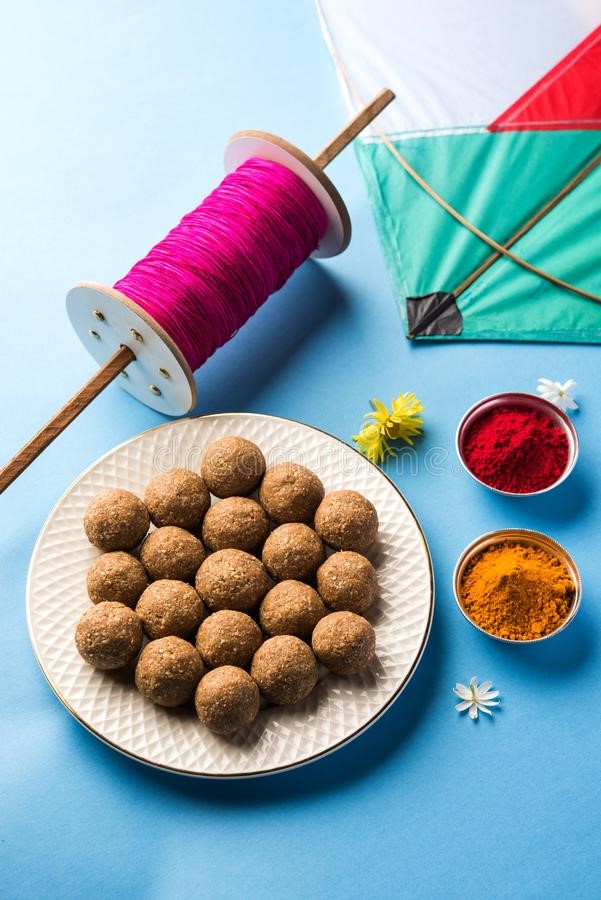Makar Sankranti: Celebration of the Celestial Event

The festival of Makar Sankranti is considered to be a celestial event when the Sun transits into Makar Rashi. It also marks the end of short days of the chilly winter season and the beginning of long brighter days of spring. The event is celebrated in the month of ‘Magh’ according to the Hindu calendar and in January as per the English calendar. Among the cultural diversity of India where one can find different festivals, traditions, and cultural values, few festivals unite the entire nation, though by different names and ways of celebration. Makar Sankranti is one of those auspicious festivals.
Significance of Makar Sankranti
There are two significant Sankranti in a year- Makar Sankranti in winters and Karka Sankranti in summer. Sankranti refers to a change in the planetary system. During Makar Sankranti, the sun begins to move towards the northern hemisphere (Uttarayan) from the southern hemisphere (Dakshinayan) symbolizing positivity and prosperity. On this occasion, people take a holy dip in rivers like Ganga, Yamuna, Krishna, and Kaveri to abolish all their sins. They also offer holy water and pray to the God Sun. This auspicious festival is also known as Khichdi and Harvest festival as the harvesting is nearly complete and people start planning for the next harvest. The celebration is a way to thank the Sun God for enriching our land throughout the year.

Traditions of the festivals
Traditionally in Hindu families, making sweets from Sesame seeds and jaggery is an important part of the celebration. Offering food items, sesame sweets, and clothes to the poor, going to the temples, and inviting relatives and friends to home also represents the enthusiastic vibe of the festival. Although, people celebrate it in different ways across India ‘Khichdi’ in North India is the common aspect that is also known as ‘Pongal’ in the southern states of India. Kite flying is an essential part of this festival which is observed in most North Indian states of India.
Khichdi is a simple, quickly made recipe and full of nutritional value. It is a porridge-like food, usually prepared with Moong Dal and Rice and served with curd raita, papad, and pickles. Adding a spoonful of desi ghee on top enhances the taste.

How the festival is known in different States in India Starting with Kashmir Valley, the festival is known as Shishur Saenkraat, in Uttar Pradesh and Bihar it is known as Sankrant, Khichdi, or Til Sankranti; Haryana, Himachal Pradesh, and Punjab call it Maghi.
In Assam, it is famous as Magh Bihu or Bhogli Bihu, in Odisha, it is famous as Makara Mela, Makara Chaula. In West Bengal, it is known as Poush Sangkranti. Gujarat celebrates it as Uttarayan, Maharashtra as Makar Sankranti, Maghi Sankrant, or Haldi Kumkum.
In Southern states of India, Tamil Nadu celebrates it as Thai Pongal or Uzhavar Thirunal; Kerala as Makara Sankranti or makaravilakku and Makara Jyothi; Karnataka, Andhra Pradesh, Telangana, Madhya Pradesh celebrate it as Suggi habba, Makara Sankramana, and Makara Sankranti.